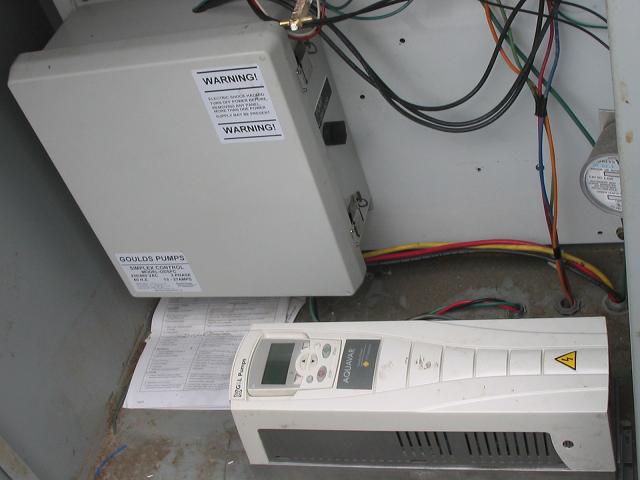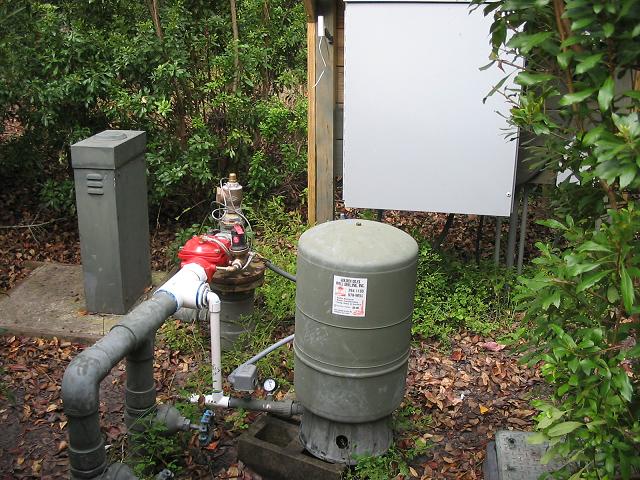--------------------------------------------------------------------------------
VFD systems have so many complications that very few people understand them all. I learned what I know about VFD the hard way. I experienced the problems in the field, then I researched the subject until I figured out what caused the problem. This was pre Internet days and was much harder to get the information needed. These days people can easily search the web for this information. I could explain these things for you but I took the time to find a few links so you could read it in someone else's words. There are many more articles on the web that will give you the real story, not just the white washed version that is in brochures of those who sell VFD's.
"Wire insulation breakdown voltages have nothing to do with anything. If you exceed the insulation breakdown voltage you have really screwed up the design and the system will fail."
"This causes very high turn-to-turn voltages which can produce premature insulation breakdown." http://www.findarticles.com/p/articles/mi_m0BPR/is_11_17/ai_67339988"There are no 1000V spikes inherent in a VFD. If they were generated by the switching devices (e.g., opening an inductive [motor] load, the electronics must eliminate them or the switching devices would generally fail. This is usually accomplished by a reverse diode across the switching device to dump the resulting energy spike."
"This creates a severe voltage spike in the source, in this case the output transistors of the VFD, which can immediately cause them to short from dV/dt (too rapid of a rate of change in voltage), or at the very least do incremental damage to the silicon substrate of the transistor. The drive doesn't really "care", but the owner will when the repair and downtime bill comes in."http://www.usmotors.com/Datasheets/PDF_PDS/pds204-194.pdf"This motor, as it becomes available, would be the preferred choice for 480V and 575V IGBT drive systems having 2 pu reflected wave motor voltages of 1300 Vpk and 1600 Vpk respectively." See Riding the Reflective Wave at
http://www.ab.com/drives/techpapers/ieee/pcic.pdf"VFD motors are designed for variable speed. Motors that are not will probably not suffer from imbalance. There may be other electrical issues, but they are balanced. There may be resonances, but balanced is balanced."
You are correct about it being resonance and not balance but the motor does not know the difference because it is still vibrating like crazy. Motors specifically made to work with VFD are standard induction motors that have been modified with 2,000 volt insulation, insulated bearings, shaft grounding capability, etc. to try and offset the destructive parameters of the VFD.
"The motor used in a VFD system is usually a standard squirrel cage three phase induction motor." http://en.wikipedia.org/wiki/Variable_Frequency_Drive"Properly designed systems do not put noise back on the power line. A VFD drive generally first converts line voltage to a DC supply using the same type of switching power supplies mentioned by Bob NH. This power supply effectively decouples the VFD signal from the line. A DC supply meeting current standards also corrects power factor to the line."
"When these diode blocks conduct power to charge the DC bus of the drive they cause an imbalance in the current waveform that causes an imbalance in the voltage waveform. This imbalance (disturbance) appears at the input of the drive and is reflected into the AC line feeding the drive." http://www.usmotors.com/Datasheets/PDF_PDS/pds204-194.pdf"Yes a square wave generates all harmonics of the fundamental frequency. No it does not get back to the line in a properly designed system. In a poorly designed system it mostly annoys things like X10 remote controls which operate at very low frequencies. The harmonics may also annoy an AM radio with little line isolation or via radiation for short ranges. As noted, so will a PC or flourescent light. I have some lights I bought from HD and they ruin my FM radio reception. They have lousy line isolation and the tubes radiate. Local radiation is short range and since the wavelength of the frequencies involved in an VFD are very long the equipment is not a very efficient antenna; hence minimal ambient radiation. A switching power supply (which also generates square waves) can have switching frequencies into the megahertz range and are much more likely to be a problem."
"This imbalance (disturbance) appears at the input of the drive and is reflected into the AC line feeding the drive." http://www.ab.com/drives/techpapers/ieee/pcic.pdf"I am also not sure why a VFD drive would provide less overall efficiency when matched to the load characteristics than any other possible solution. Certainly not pumping at max capacity and throwing away some large fraction of the energy applied via a bypass back to the source. That is not why VFD drives are very popular industrial solution as a energy saving device. A VFD pump coupled with the appropriate sensor should provide a very effective pumping solution without wasted energy."
"A VFD does provide efficient control for pumping applications. There is just such little difference in constant pressure systems in using a drive and restricting the flow of a pump with a valve, (not dumping excess flow with a valve) that it never pays back the added expense."http://www.cyclestopvalves.com/comparisons_13.html"I do not believe that the concept of "carrier frequency" applies to a VFD controller."
"The switching rate of the output transistors is controlled by the VFD's Carrier Frequency parameter. Increasing the Carrier Frequency will reduce the audible noise from the motor."http://www.control.com/1026203703/index_html





